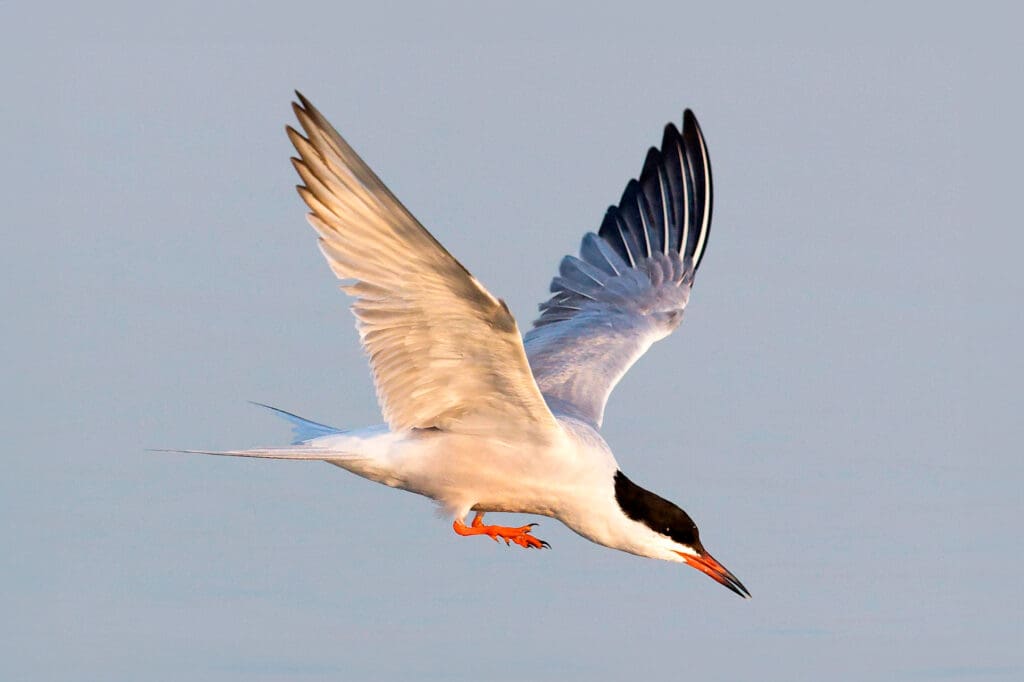Category
Reptiles
Three to spot
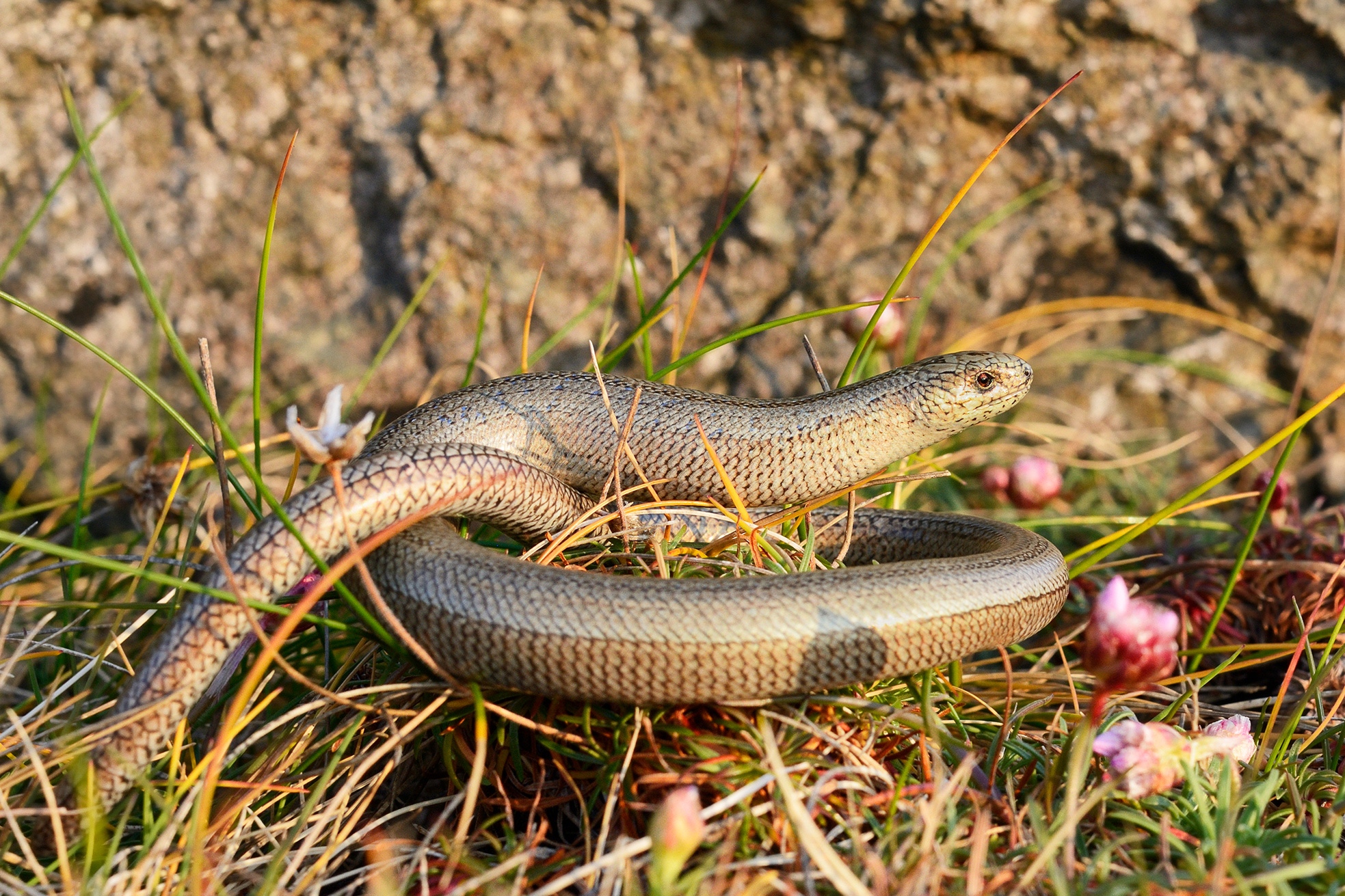
Slow Worm. Photo: Nick Upton (rspb-images.com)
Easy to find
Slow Worm
Neither a worm nor a snake but a legless lizard. Unlike snakes, they have eyelids, so watch out for a blink! From March to October, they can be found in a variety of habitats – including compost heaps in gardens and allotments – throughout England, Wales and Scotland.
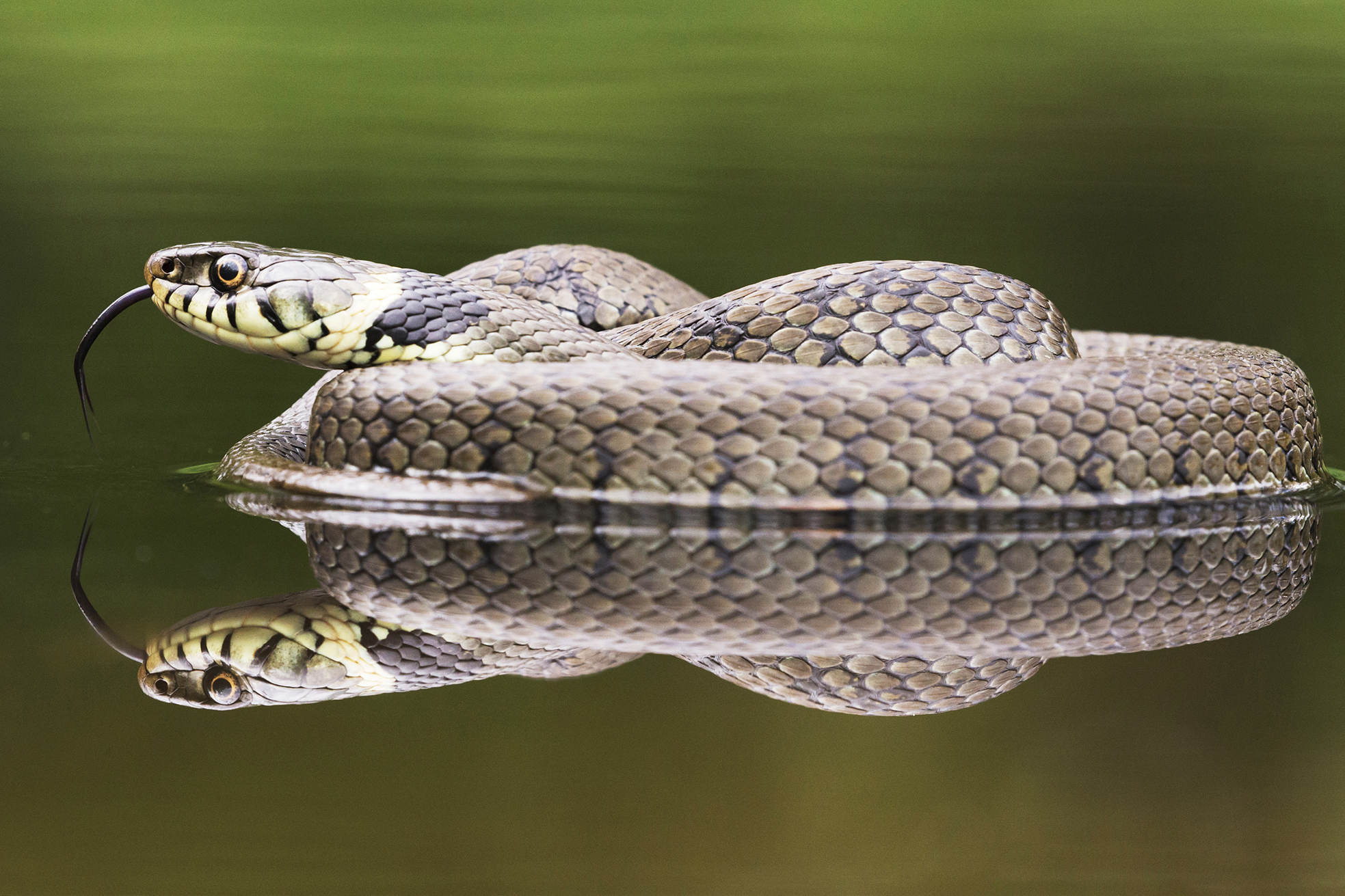
Grass Snake. Photo: Paul Sawer (rspb-images.com)
Tricky to find
Grass Snake
Found across much of mainland England and Wales, with a small number in south-west Scotland, the Grass Snake is our largest snake. Living in woodlands, sandy heaths and even wetlands, the Grass Snake is incredibly adaptable. Primarily olive-green but with a white collar.

Smooth Snake. Photo: Ernie Janes (rspb-images.com)
Lucky to find
Smooth Snake
Can only be found in a handful of heathland sites in southern England. They are very shy and are dependent on well-managed heathland providing cover for safe basking. They are quite small, grey-brown in colour and have an eye stripe along the side of the head.
Watch a selection of videos below showing a Grass Snake, Smooth Snake and Slow Worm in their natural habitats.
Grass Snake. Video: The RSPB
Smooth Snake. Video: The RSPB
Slow Worm. Video: The RSPB
Follow our tutorial to create a safe hotspot for Slow Worms and lizards to stay warm in your garden.

Visit an RSPB nature reserve
RSPB nature reserves have something on offer for everyone. Covering the length and breadth of the country, the RSPB’s nature reserves are a great place to visit all year round and make some memories.
RSPB Arne is one of the few places in the UK where you can glimpse all six of our native reptiles (if you’re patient enough).
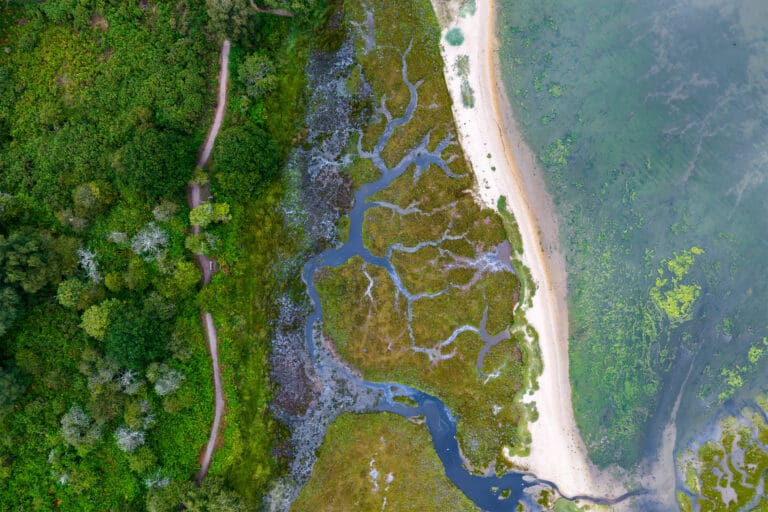
RSPB Arne nature reserve. Photo: Sam Turley (rspb-images.com)
You might also like

Your questions – spring/summer 2024
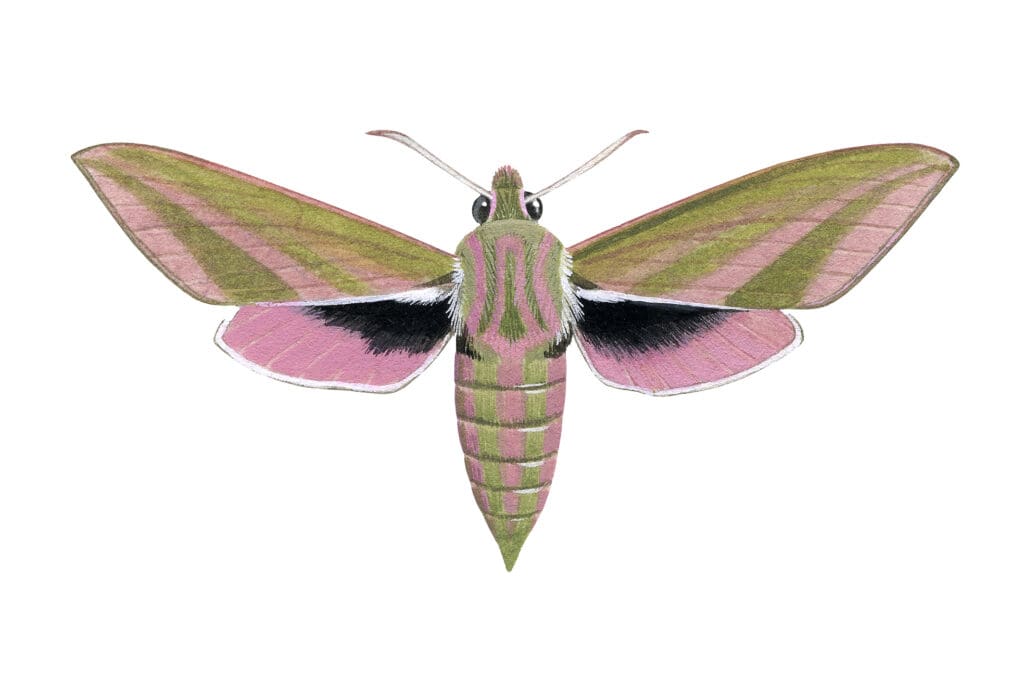
Identifying moths
